Breadcrumb
Hybrid rough-bijective soft set classification system
In today’s medical world, the patient’s data with symptoms and diseases are expanding rapidly, so that analysis of all factors with updated knowledge about symptoms and corresponding new treatment is merely not possible by medical experts. Hence, the essential for an intelligent system to reflect the different issues and recognize an appropriate model between the different parameters is evident. In recent decades, rough set theory (RST) has been broadly applied in various fields such as medicine, business, education, engineering and multimedia. In this study, a hybrid intelligent system that
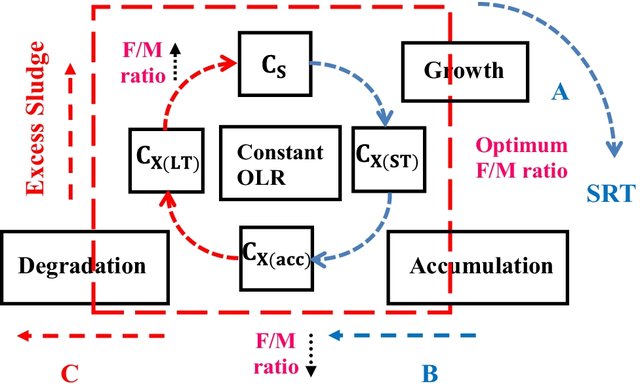
Two-dimensional steady-state analysis of selected wastewater state variables using asm3
Performance of activated sludge wastewater treatment plants are mainly dependent on bacterial growth, which is limited by many factors. These factors include availability of suitable substrate, limiting nutrients, environmental conditions, and energy. In activated sludge model no. 3 (ASM3), constituents in wastewater are divided into two main categories: carbonaceous compounds and nitrogenous compounds, which are further subdivided depending on their solubility and biodegradability. These compounds are not mutually independent; hence, the fate of one compound in the biological processes is
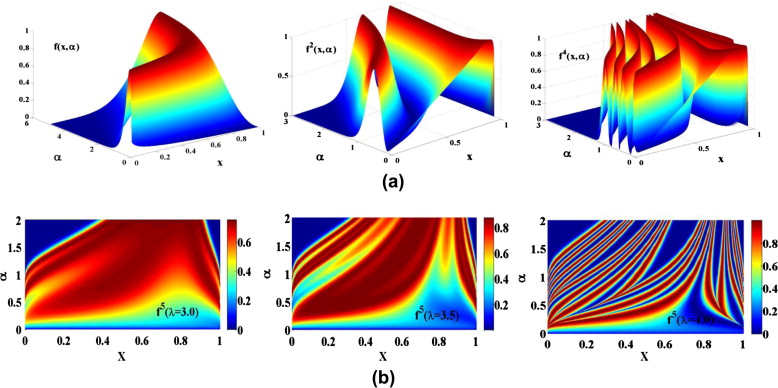
On some generalized discrete logistic maps
Recently, conventional logistic maps have been used in different vital applications like modeling and security. However, unfortunately the conventional logistic maps can tolerate only one changeable parameter. In this paper, three different generalized logistic maps are introduced with arbitrary powers which can be reduced to the conventional logistic map. The added parameter (arbitrary power) increases the degree of freedom of each map and gives us a versatile response that can fit many applications. Therefore, the conventional logistic map is considered only a special case from each proposed
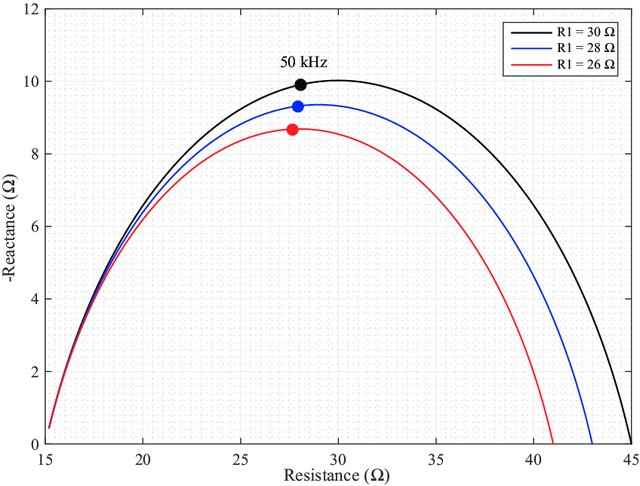
Variability of Cole-model bioimpedance parameters using magnitude-only measurements of apples from a two-electrode configuration
Electrical impedance measurements have been widely researched to monitor physiological changes in fruits and vegetables in a nondestructive manner. Recently, the parameters of the Cole bioimpedance model (R0, R1, C, and α), an equivalent circuit that is widely used to represent the electrical impedance of biological tissues, were extracted using techniques without direct impedance measurements. In this study, the variability of the Cole parameters extracted from magnitude-only measurements (from 200 Hz to 1 MHz) of apples in a two-electrode setup was examined to understand the impact of
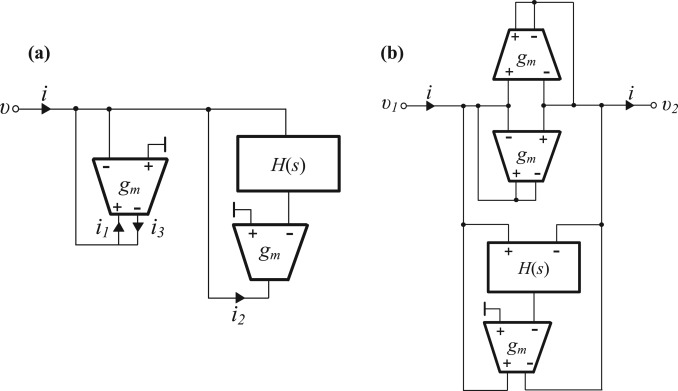
Emulation of current excited fractional-order capacitors and inductors using OTA topologies
A novel topology suitable for emulating fractional-order capacitors and inductors using current excitation is achieved using a fractional-order differentiator/integrator block and appropriately configured Operational Transconductance Amplifiers. The scheme is capable of emulating both fractional-order capacitors and fractional-order inductors without any modifications to its structure. This implementation allows for electronic tuning of the order, capacitance/inductance, and bandwidth of operation by modification of only the bias current. Post-layout simulation results of the impedance
Power law filters: A new class of fractional-order filters without a fractional-order Laplacian operator
A new category of fractional-order filters, realized without employing a fractional-order Laplacian operator is introduced in this work. This can be achieved through the utilization of an efficient curve fitting method which approximates the frequency-domain behavior of the filter and transposes the fractional-order transfer function into the integer-order domain. Thus, the procedure results in a rational integer-order transfer function and its implementation is possible using conventional integer-order realization techniques. Therefore, there is no need for fractional-order elements to
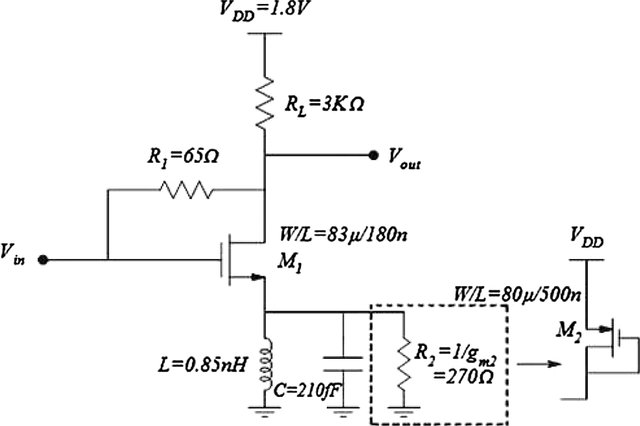
Ultra-low-power compact single-transistor all-pass filter with tunable delay capability
A novel first-order voltage-mode all-pass filter is introduced as a true-time delay (TTD) cell with tunable delay capability. The proposed filter consists of a single transistor, a varactor, and four resistors. The operation of the proposed filter is verified by post-layout simulations in 65-nm CMOS technology. The post-layout simulation results of a single stage of the proposed filter demonstrate a wideband operation range of 0.3-3 GHz and a continuously tunable delay in the range 12–40 ps. The circuit layout occupies 375 μm2 and the total power consumption of the circuit is 183.7 μW. © 2021
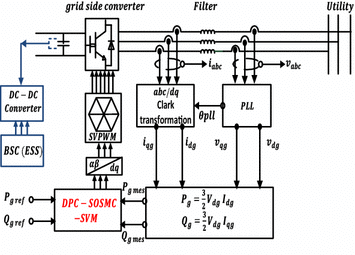
Effective supervisory controller to extend optimal energy management in hybrid wind turbine under energy and reliability constraints
One of the major factors that can increase the efficiency of wind turbines (WTs) is the simultaneous control of the different parts in several operating area. The main problem associated with control design in wind generator is the presence of asymmetric in the dynamic model of the system, which makes a generic supervisory control scheme for the power management of WT complicated. Consequently, supervisory controller can be utilized as the main building block of a wind farm controller (offshore), which meets the grid code requirements and can increased the efficiency and protection of WTs in
Hyperchaos and adaptive control of a novel hyperchaotic system with two quadratic nonlinearities
Liu-Su-Liu chaotic system (2007) is one of the classical 3-D chaotic systems in the literature. By introducing a feedback control to the Liu-Su-Liu chaotic system,we obtain a novel hyperchaotic system in this work, which has two quadratic nonlinearities. The phase portraits of the novel hyperchaotic system are displayed and the qualitative properties of the novel hyperchaotic system are discussed. We show that the novel hyperchaotic system has a unique equilibrium point at the origin, which is unstable. The Lyapunov exponents of the novel 4-D hyperchaotic system are obtained as L1 = 1.1097, L2
Hyperchaos and adaptive control of a novel hyperchaotic system with two quadratic nonlinearities
Liu-Su-Liu chaotic system (2007) is one of the classical 3-D chaotic systems in the literature. By introducing a feedback control to the Liu-Su-Liu chaotic system,we obtain a novel hyperchaotic system in this work, which has two quadratic nonlinearities. The phase portraits of the novel hyperchaotic system are displayed and the qualitative properties of the novel hyperchaotic system are discussed. We show that the novel hyperchaotic system has a unique equilibrium point at the origin, which is unstable. The Lyapunov exponents of the novel 4-D hyperchaotic system are obtained as L1 = 1.1097, L2
Pagination
- Previous page ‹‹
- Page 41
- Next page ››
